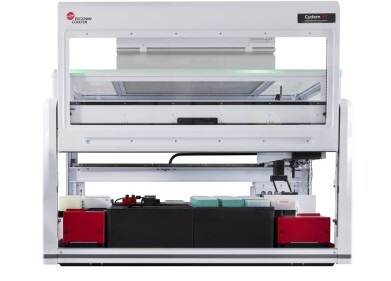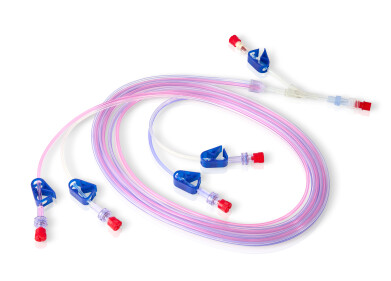-
 Laboratory equipment manufacturers could benefit from research into electron holography
Laboratory equipment manufacturers could benefit from research into electron holography
Laboratory products
Electron holography may soon be open to laboratory equipment manufacturers
Dec 17 2010
Electrons were the initial inspiration for holography, according to research association Forschungsverbund Berlin.
Back in 1947, Hungary's Dennis Gabor discovered the principle by which the scattering pattern caused by an object can be stored in two dimensions, then later used to recreate a three-dimensional image of the item.
In order to do this, however, the signal used must be coherent - or marching in step, in wave terms.
Light has proved the easier option for achieving this until now, but scientists can now create coherent electrons using high-intensity lasers.
As a result, laboratory equipment manufacturers could find electron holography developed to a usable state in the not-too-distant future.
Marc Vrakking, author of a report on the subject in Science, says: "This may lead to novel methods to study attosecond-timescale electron dynamics, as well as novel methods to study time-dependent structural changes in molecules."
Digital Edition
Lab Asia 31.6 Dec 2024
December 2024
Chromatography Articles - Sustainable chromatography: Embracing software for greener methods Mass Spectrometry & Spectroscopy Articles - Solving industry challenges for phosphorus containi...
View all digital editions
Events
Jan 22 2025 Tokyo, Japan
Jan 22 2025 Birmingham, UK
Jan 25 2025 San Diego, CA, USA
Jan 27 2025 Dubai, UAE
Jan 29 2025 Tokyo, Japan


















